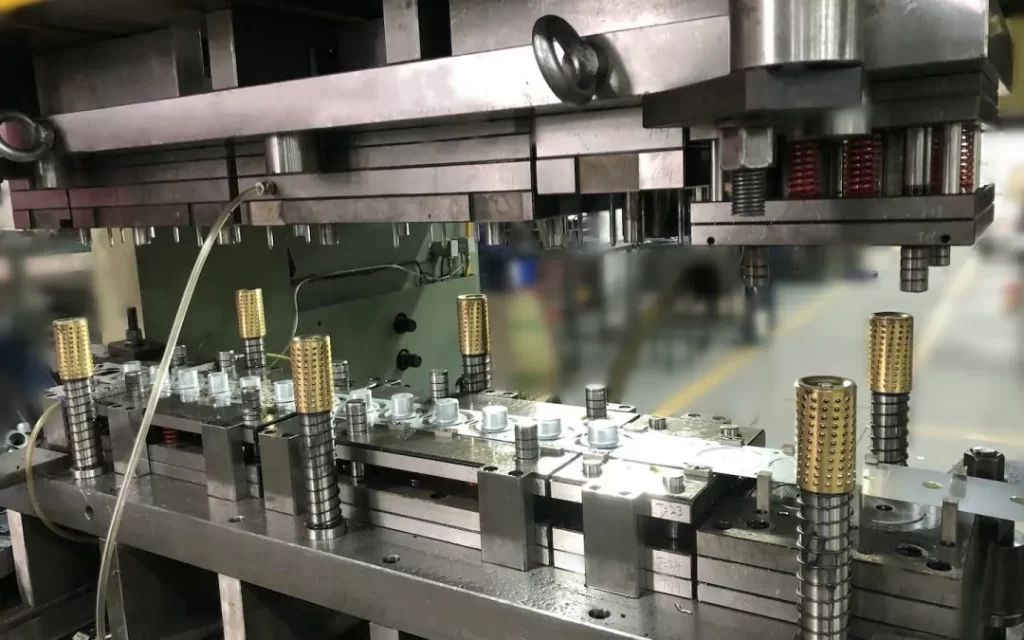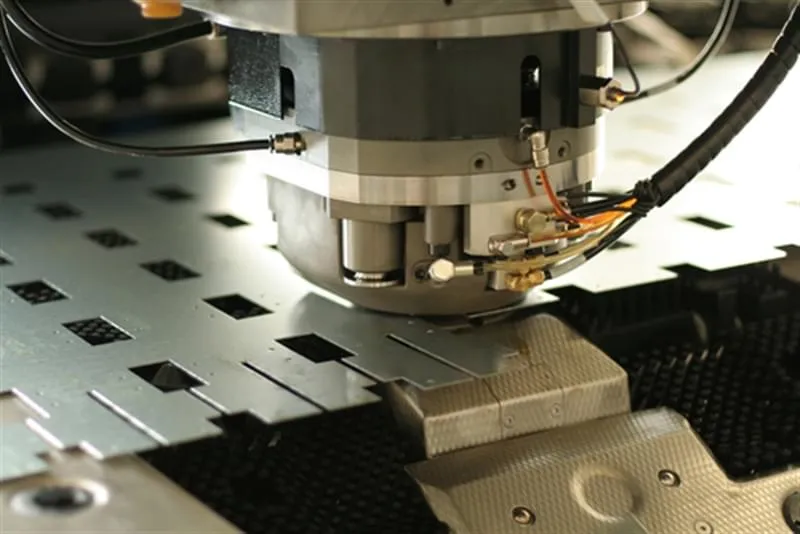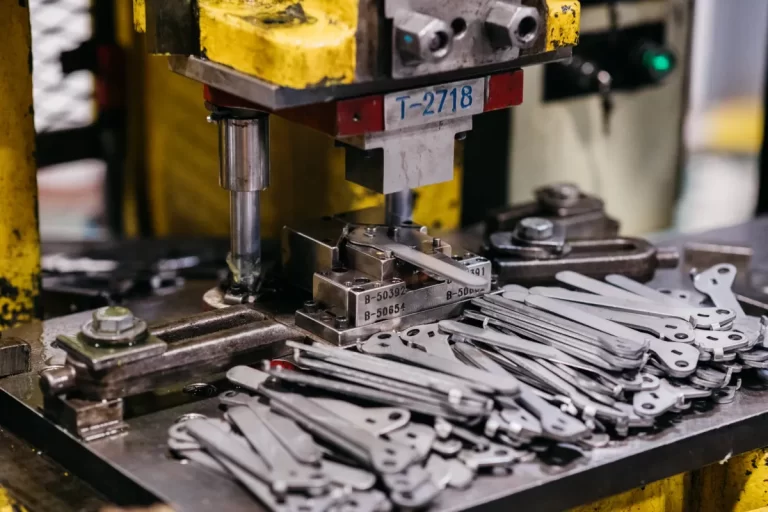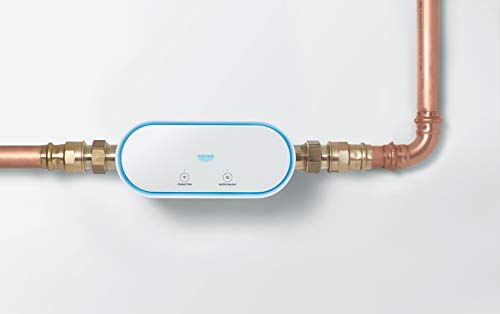Reducing Metal-Stamped Part Costs: Geocell Integration Strategies and Optimization Tips
We are committed to helping them save money on their metal-stamped parts without sacrificing the quality of their products. We have been in business for over three decades, continuously offering new levels of engineering solutions and manufacturing services, including using the most advanced automated systems. Our experience largely comes from delivering safety-critical parts to automotive customers — an industry that requires quality, speed, and efficiency.
Here are three things you can review and optimize to reduce the costs of your metal-stamped parts.
Materials Metal stamping costs can vary significantly with minor changes in the properties of the raw materials you use. For instance, harder materials take more effort and time to stamp, making them more expensive. But, you can save time and money by using a softer or less abrasive material that does not compromise the required quality standards of your part. Some materials have huge price differences, yet they can deliver similar properties.
Metal Stamped Parts Switching to a different material can save you money while maintaining the quality and structural requirements of the part depending on the current component requirements and price of materials in the market. For example, if you were using a certain material for the original component design due to its particular characteristics, but the minimum standards for the part have changed, you can safely switch to less costly materials.
Tooling Requirements Another thing you need to evaluate when working with a metal stamping company is the tooling requirements of your part. A minor change in tooling can impact the costs and production time significantly. You also want to minimize repair and re-tooling frequency, as this can lead to unnecessary costs and production downtime. For instance, square holes in a component require more machining and tooling than round ones. Therefore, reviewing your tooling requirements can help you know the alterations you can make to reduce complexity while maintaining functionality.
Also, determining the features that cause downtime and reviewing your design to establish how you can simplify your components helps avoid unnecessary changes in tooling requirements. Excessive abrasive wear on a metal stamping die typically originates from complex features or notches. This can lead to fatigue cracking if the tool is not maintained properly. If these features are required, a more aggressive maintenance schedule is recommended.

Geocell Application in Metal Stamping An emerging solution in metal stamping processes is the integration of geocell technology. Geocells are three-dimensional, honeycomb-like structures made from high-density polyethylene (HDPE) used in various industries, including construction and civil engineering. Their application in metal stamping involves:
- Providing enhanced support and reinforcement for specific metal-stamped parts.
- Facilitating stability and improved load distribution in critical components.
- Reducing the overall weight of certain stamped parts without compromising structural integrity.
Integrating geocell technology in metal stamping processes offers potential benefits in structural reinforcement and component durability, potentially leading to cost savings while maintaining quality standards.




